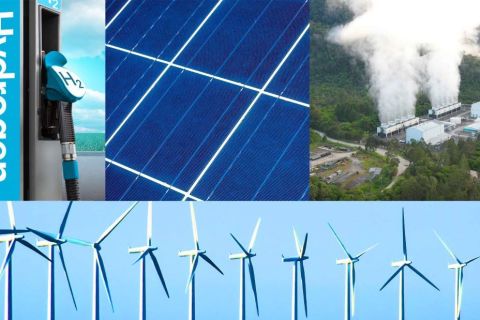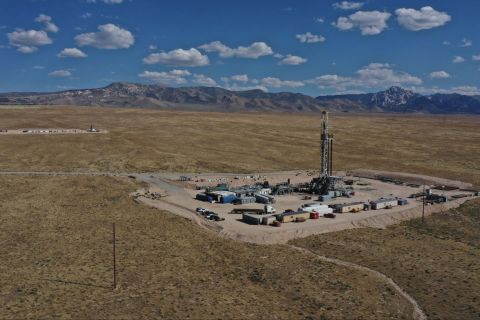Growing liquefied natural gas (LNG) supplies have been touted as the answer to averting an energy disaster in the U.S. But while the future LNG supply picture has a greater degree of certainty these days, short-lived, unforeseen events could significantly increase the predicted demand, says Ed Kelly, vice president of gas and power at U.K.-based research firm Wood Mackenzie. In 2005, U.S. LNG imports saw a year-on-year decline, Kelly told an audience at the American Association of Petroleum Geologists' annual convention in Houston. In the past, the U.S. had less certainty of supply compared with other markets due to the commercial arrangements in place, he added. "Although market prices in the U.S. were generally higher than in Europe and Asia, some key events affected the supply response. There was a gas shortfall in Spain during the first quarter; Japan and Korea sought spot volumes to compensate for undelivered Indonesian cargoes; Asian buyers wanted to replenish stocks for the winter season during the third and fourth quarters...and there were unscheduled supply disruptions from Nigeria, Qatar and Trinidad." The growth of the LNG industry during the last 12 months alone has been remarkable, and new supply contracts and terminals are under way that could account for billions of investment dollars, Kelly said. LNG supplies for the U.S. should be more certain now, Kelly said, although the playing field will be dominated by supply from the portfolios of the integrated majors and national oil companies, he added. For more on this, see the May issue of Oil and Gas Investor. For a subscription, call 713-260-6441.
Recommended Reading
Energy Transition in Motion (Week of Sept. 27, 2024)
2024-09-27 - Here is a look at some of this week’s renewable energy news, including a commitment of more than $116 billion annually in renewables and grids.
US Navy Taps Sage Geosystems for Geothermal Initiatives in Texas
2024-10-03 - The expanded collaboration with the Department of Defense follows Sage-led geothermal initiatives at Fort Bliss and the Ellington Field Joint Reserve Base in Texas.
Fervo Energy Achieves ‘Record Breaking’ Geothermal Well Flow Rates
2024-09-10 - Fervo Energy’s Cape Station project will generate 90 megawatts of renewable energy capacity during its first phase.
Amazon, Dominion Energy Form Small Modular Reactor Pact
2024-10-17 - Dominion Energy and Amazon’s agreement to advance nuclear development was one of several moves made by Big Tech lately to advance lower carbon energy technologies.
Could Nuclear Rival NatGas, Renewables in Race to Meet Power Demand?
2024-09-06 - Energy providers are positioning themselves to meet growing power needs, including for large-scale data centers known as hyperscalers.
Comments
Add new comment
This conversation is moderated according to Hart Energy community rules. Please read the rules before joining the discussion. If you’re experiencing any technical problems, please contact our customer care team.





